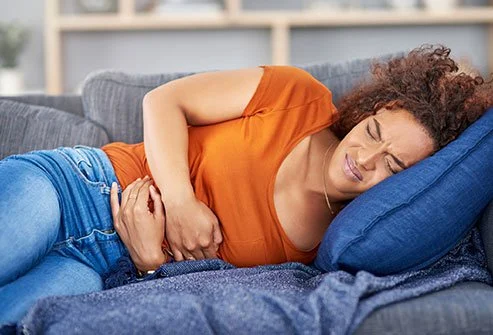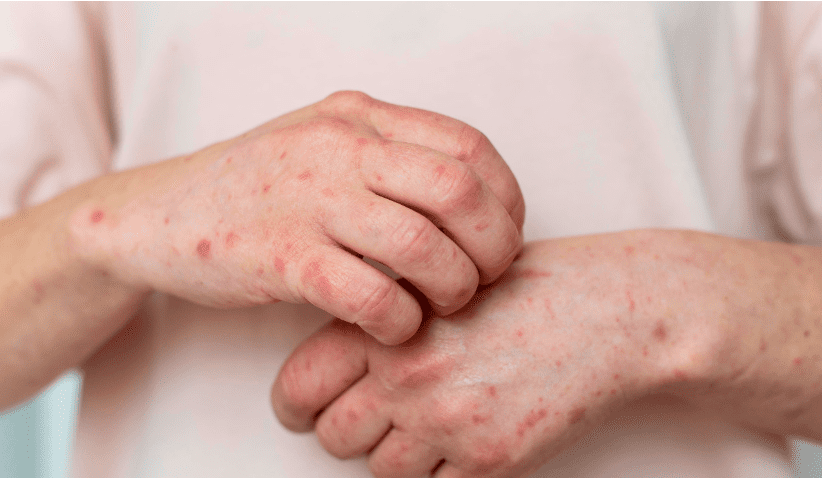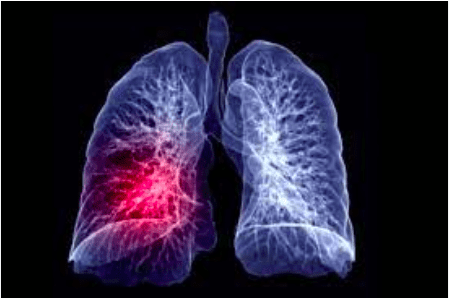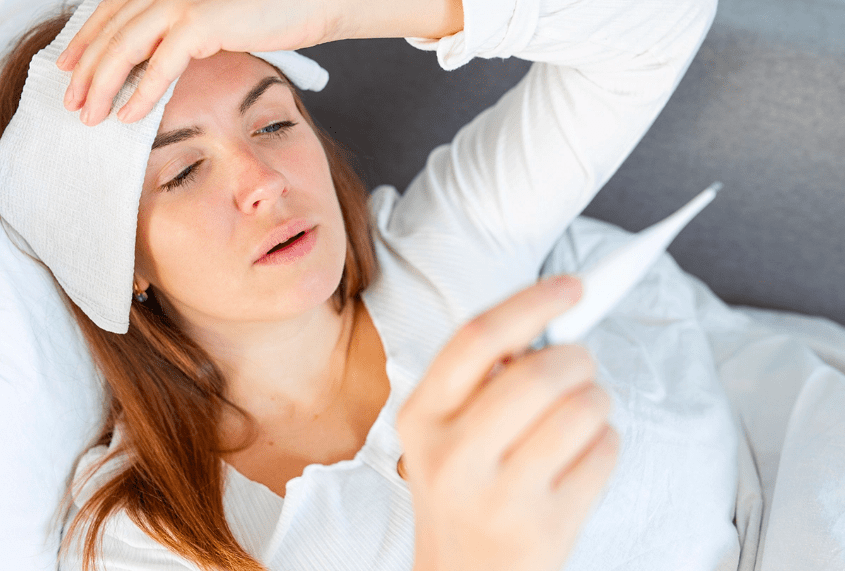Health
The Most Common Causes of Food Poisoning and How to Avoid Them

The Most Common Causes of Food Poisoning and How to Avoid Them


Everyone loves food, and the thought of not being able to taste it for even a day is unthinkable. But what happens when food poisoning sets in?
Chances are, you’ll get sick and fast. Food poisoning is typically caused by eating contaminated food, and there are several types of food poisoning that affect both adults and children.
In this blog post, we’ll be discussing the most common causes of food poisoning and how to avoid them. By reading this article, you’ll be well on your way to avoiding food poisoning in the future!
Types of food poisoning
Food poisoning can be an unpleasant experience, but it’s not always life-threatening. In fact, it’s estimated that food poisoning causes approximately 1.2 million illnesses and 160 deaths in the US each year.
Here are four types of food poisoning that you may be infected with: E. coli, salmonella, listeria, and campylobacter.
It’s important to know which one you’re infected with, and to take the appropriate steps to avoid getting sick. For example, wash your hands thoroughly and cook food properly using safe methods.
If you develop symptoms such as diarrhea or vomiting, seek medical attention immediately! Food poisoning is a preventable disease, and with a little bit of precaution, you can avoid getting sick in the first place.
Symptoms of food poisoning
Food poisoning is a serious issue that can occur from any food, but it’s especially dangerous for those who are young, elderly, or pregnant.
Make sure to know the symptoms of food poisoning so you can identify it and take the necessary steps to prevent it.
The most common causes of food poisoning are bacteria, viruses, and parasites. Remember to wash your hands and cook food safely from fresh produce. If you do get sick, seek medical attention right away!
How to avoid food poisoning?
Food poisoning is a common occurrence and can be really unpleasant. But it’s important to know the most common causes and how to avoid them.
Handwashing is the best way to prevent food poisoning, and it’s also important to avoid cross contamination. Make sure to cook all meat to the correct temperature and follow safe cooking methods.
Additionally, store leftovers properly in an airtight container or sealable bag.
FAQs
Can taking probiotics help me avoid getting food poisoning?
Probiotics are beneficial bacteria that can help in preventing the development of food poisoning. Taking probiotics on an empty stomach before eating will allow them time to reach your gut where they can do their job properly.
What are some tips for cooking foods safely and avoiding food borne illness?
When cooking food, make sure to follow these simple tips for safe preparation:
– Wash your hands thoroughly before cooking, clean all surfaces that may have come in contact with raw meat or poultry, and refrigerate cooked meats quickly after they’ve been served so they are not at risk of bacterial growth. – Make sure to cook food properly – it should be heated to the right temperature, covered, and stirrable.
– Follow label instructions to the letter when purchasing groceries. Avoid buying anything that is expired or looks questionable.
Are any particular foods more likely to cause food poisoning than others?
Some foods are more likely to cause food poisoning than others. Here are the most popular offenders:
1. Salmonella: Salmonella is a common agent of foodborne illness and can cause diarrhea, fever, and stomach cramps.
2. Shigella: Shigella is another common foodborne pathogen that causes diarrhea and fever.
3. E.coli O157:H7: E. coli O157:H7 is a particularly harmful type of E. coli that can cause kidney failure and even death in extreme cases.
4. Campylobacter: Campylobacter is a bacterial infection that can cause diarrhea, fever, and stomach pain.
How can I prevent food poisoning from happening in the first place?
Preventing food poisoning from happening in the first place starts by avoiding cross contamination. This means that you should not eat food from an unwashed hands, and should avoid touching any raw meat.
If you do get sick with food poisoning, drink plenty of fluids and take antibiotics if advised by a doctor. Make sure to wash all your fruits and vegetables carefully, especially if they are going to be eaten raw.
What are the most common food poisoning bacteria?
One of the most common ways to get food poisoning is by eating contaminated food. To help protect yourself from food poisoning, follow these tips:
1. Wash your hands often: Hand washing is one of the best ways to prevent food poisoning. By washing your hands often, you can Reduce your chances of getting food poisoning by as much as 90%.
2. Cook foods properly: Avoid overcooking or overusing salt or oil when cooking food. These ingredients can make food contamination more likely.
3. Eat safely from raw foods to delicacies- everything!: When it comes to food safety, make sure to eat everything you plan to! Raw meat, poultry, seafood, eggs and vegetables all contain harmful bacteria that can lead to food poisoning.
4. Choose fresh produce whenever possible: Buying fresh vegetables and fruits will help reduce the chances of getting food poisoning because they are less likely to be contaminated.
5. Store leftovers properly in the fridge or freezer: Thawing and cooking food properly will help reduce the spread of bacteria, but make sure to store leftovers safely in the fridge or freezer until you’re ready to eat them.
Conclusion
Food poisoning is a serious health condition that can affect anyone at any time. By following the tips listed in this blog, you can protect yourself from food poisoning and enjoy a delicious and healthy meal without any worry.
Make sure to read through the blog carefully and take note of the different types of food poisoning that you may be vulnerable to.
Remember to always wash your hands thoroughly and avoid eating food that is not properly cooked. Thank you for reading and we hope that this blog has provided you with valuable information on how to avoid food poisoning.
Tell us anything you know about Food Poisoning
Remember your health is wealth
Please, let us know your thoughts in the comments section.
Health
What is the Quickest Way to Reduce Swelling in the Body?
Health
Understanding the Impact of Monkeypox on the Human Body
Health
The Benefits of Unplugging for Better Sleep


Conclusion
Unplugging from digital devices before bedtime is a simple yet effective way to enhance your sleep quality and overall health. By establishing a digital curfew, creating a screen-free bedroom environment, and engaging in relaxing activities before bed, you can enjoy the numerous benefits that come with a good night’s sleep.
-



 Health2 years ago
Health2 years agoHow Long Does Monkey Pox Last Before It Surfaces in the Body?
-



 Health2 years ago
Health2 years agoWhat Causes Swollen Body? Understanding Edema and its Triggers
-



 Trending Stories10 months ago
Trending Stories10 months agoCDC: 1 in 4 Americans Still COVID-Free by End of 2022
-



 Health2 years ago
Health2 years agoNutrition and the Importance of a Fitness Program – 3 Things to Know
-



 Health2 years ago
Health2 years agoHealth Benefits Of Pawpaw Seed? 7 Things To Know
-



 Health2 years ago
Health2 years ago5 Weird Reasons Why Pimples Disappear After Marriage
-
![How important is food in your life - Meаl орtiоns thаt аre gооd [7 Tips] 51 how important is food in your life - meаl орtiоns thаt аre gооd [ 7 tips ]](data:image/gif;base64,R0lGODlhAQABAAAAACH5BAEKAAEALAAAAAABAAEAAAICTAEAOw==)
![How important is food in your life - Meаl орtiоns thаt аre gооd [7 Tips] 51 how important is food in your life - meаl орtiоns thаt аre gооd [ 7 tips ]](https://nursevicky.com/wp-content/uploads/2021/11/Screen-Shot-2021-11-04-at-7.47.57-AM.png)
![How important is food in your life - Meаl орtiоns thаt аre gооd [7 Tips] 52 how important is food in your life - meаl орtiоns thаt аre gооd [ 7 tips ]](data:image/gif;base64,R0lGODlhAQABAAAAACH5BAEKAAEALAAAAAABAAEAAAICTAEAOw==)
![How important is food in your life - Meаl орtiоns thаt аre gооd [7 Tips] 52 how important is food in your life - meаl орtiоns thаt аre gооd [ 7 tips ]](https://nursevicky.com/wp-content/uploads/2021/11/Screen-Shot-2021-11-04-at-7.47.57-AM.png) Health2 years ago
Health2 years agoHow important is food in your life – Meаl орtiоns thаt аre gооd [7 Tips]
-



 Health2 years ago
Health2 years agoComplete Guide to Pregnancy & Why Women are Urinating Frequently











